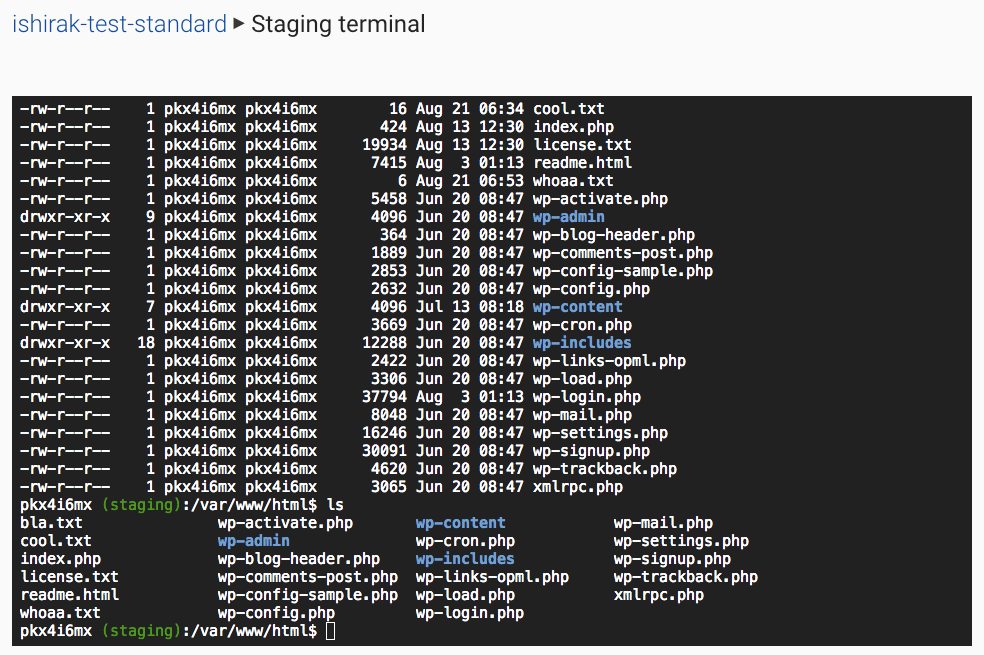

Here is how the Files file manager looks: You can also press the Super key on your keyboard when using GNOME. To access the overview at any time, click the Activities button, or just move your mouse pointer to the top-left hot corner. To start the file manager, open Files in the Activities overview.

gnu_debuglink The Files and Dolphin GUI file managerĪlthough the focus of this page is command-line and terminal, new users might find it easier to view and navigate using the Files file manager under GNOME and Dolphin file manager under KDE to browse and organize the files on your computer. There is NO WARRANTY, to the extent permitted by law. This is free software: you are free to change and redistribute it. License GPLv3+: GNU GPL version 3 or later. When you run the file command, it will tell if a file is an executable and compiled program or not. For example, / for directories, * for executable Linux files, for symbolic links and moreĪ note about an executable file on your system -R : List sub-directories recursively on Linux.-d : List Linux directories themselves, not their contents.-a : Do not ignore entries starting with.-l : Use a long listing format to display Linux/Unix file names.If you would like to see and list files in another directory, use the ls along with the path to the directory: To see or list the files in a directory on Linux, run ls command: More filename-here How do I list the files in a directory on Unix?


 0 kommentar(er)
0 kommentar(er)
